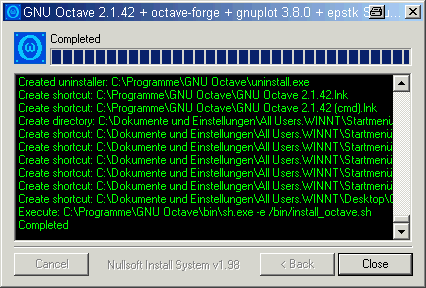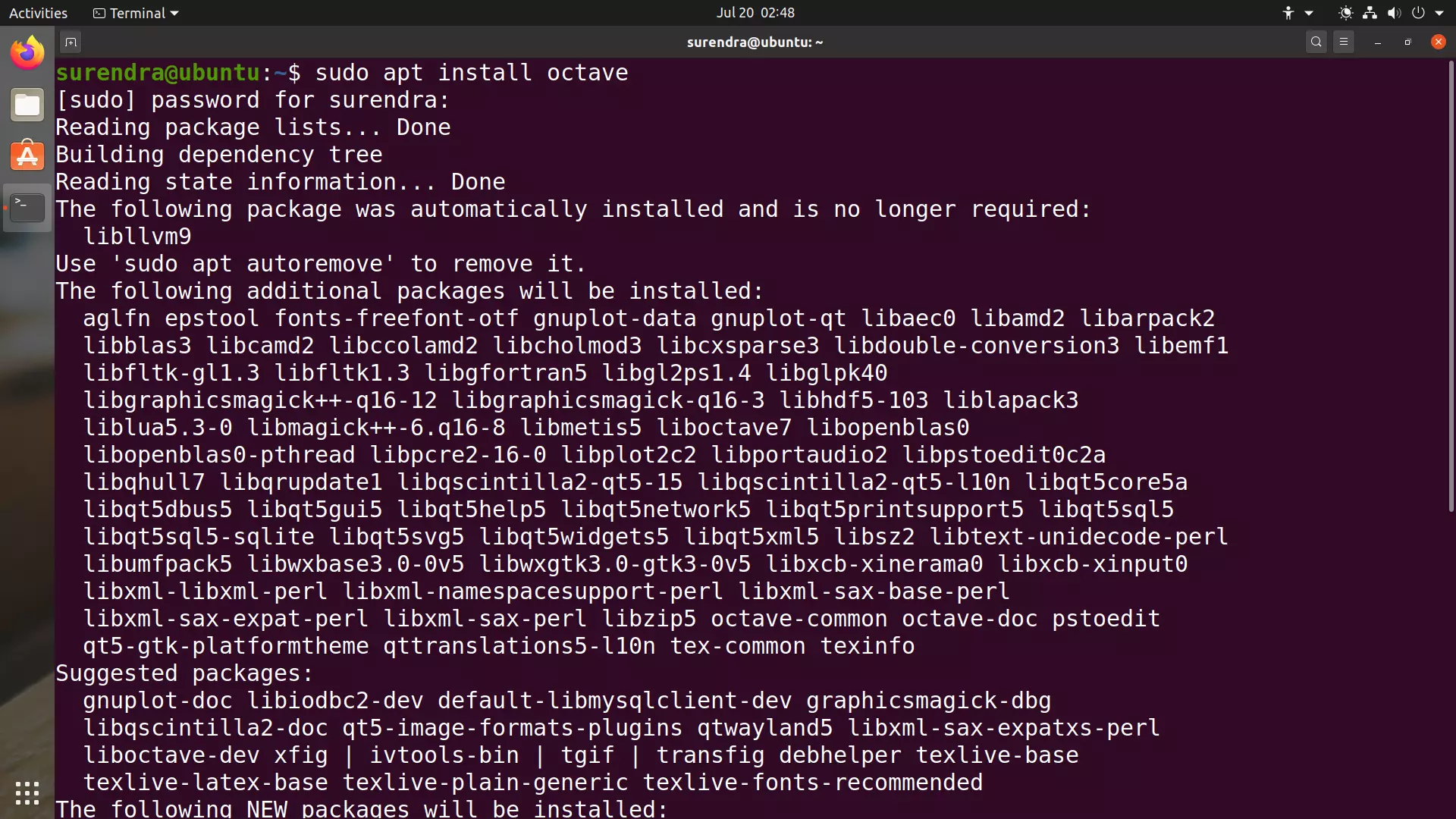

* Whitening and within-class covariance normalization techniques, * Covariance-based method for Principal Component Analysis, * Pseudo-inverse-based method for Linear Discriminant Analysis, * Improved multi-layer perceptrons implementation (Back-propagation can now be easily used in combination with any optimizer - i.e L-BFGS), * Conjugate gradient based-implementation for logistic regression, * Total variability (i-vector) implementation, * Histograms of Oriented Gradients (HOG) implementation, * Unified implementation of Local Binary Patterns (LBPs), The new release of Bob has brought the following features and/or improvements, such as: * image processing: Local Binary Patterns (LBPs), Gabor Jets, SIFT,Īnd trainers such as Support Vector Machines (SVMs), k-Means, Gaussian Mixture Models (GMMs), Inter-Session Variability modeling (ISV), Joint Factor Analysis (JFA), Probabilistic Linear Discriminant Analysis (PLDA), Bayesian intra/extra (personal) classifier, The previous release of Bob was providing:Īccessors such as FRGC, Labelled Face in the Wild, and many others, Signal-processing and machine learning toolbox is available .īob provides both efficient implementations of several machine learning algorithms as well as a framework to help researchers to publish reproducible research.

Reports on bugs and any other feedback are welcome.īob signal-processing and machine learning toolbox (v.1.2.0) Most importantly, the new version comes together with a manual.

Ĭompared to version 1.0, the new version brings many improvements in terms of the implemented models of the vocal tract, the vocal folds, the acoustic simulation, and articulatory control, as well as in terms of the user interface. VocalTractLab is an articulatory speech synthesizer and a tool to visualize and explore the mechanism of speech production with regard to articulation, acoustics, and control. It is my pleasure to announce the release of the new major version 2.0 of VocalTractLab.

Run the gaussian.m script again and report the new parameter and result in your homework. Run the Gaussian kernel script from Octave: run gaussian.m.Re-run it and report the new parameters and values you got in your homework. Use a plain text editor (TextEdit, Vim editor, Notepad, etc.) to change the coef0 and gamma variables (try non-negative real numbers) in the sigmoid.m script.Run the Sigmoid kernel script from Octave: octave sigmoid.m.Unzip them and move to the created directory, then launch Octave:
#Install octave using macports download
#Install octave using macports install


 0 kommentar(er)
0 kommentar(er)
